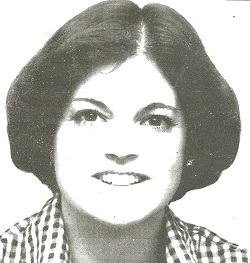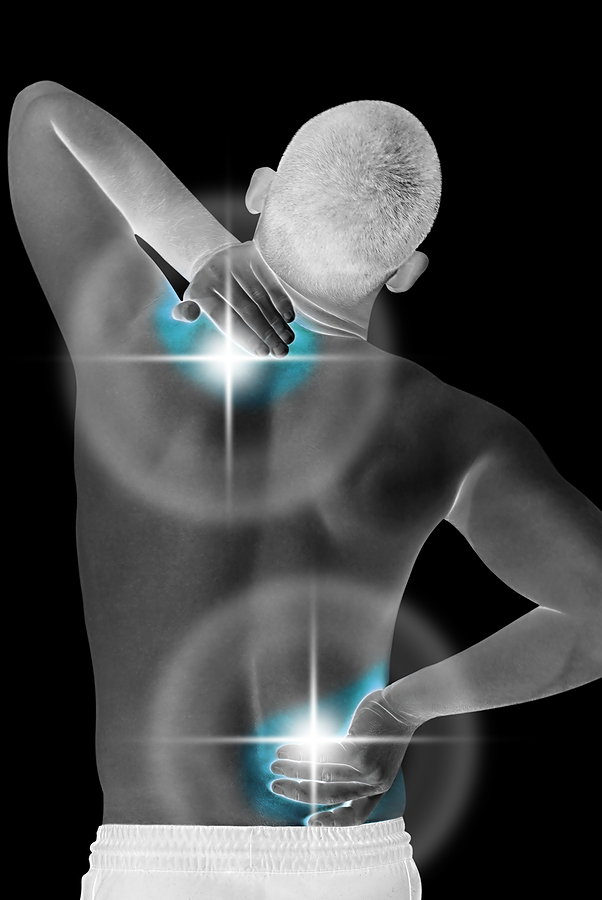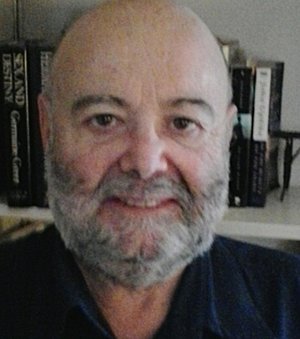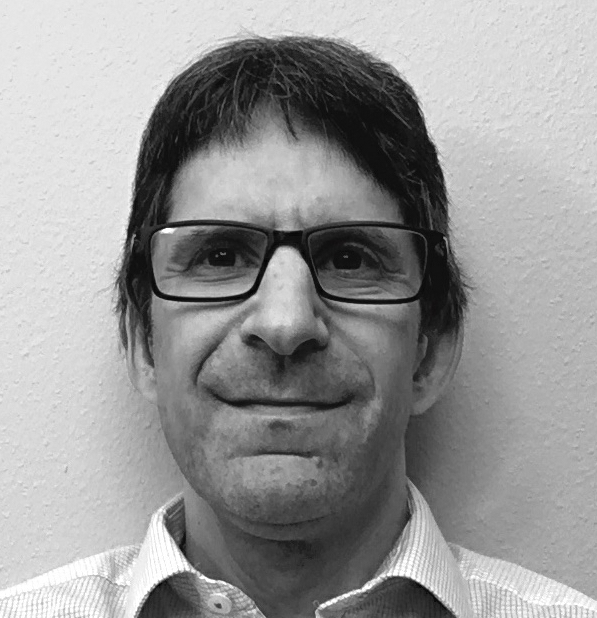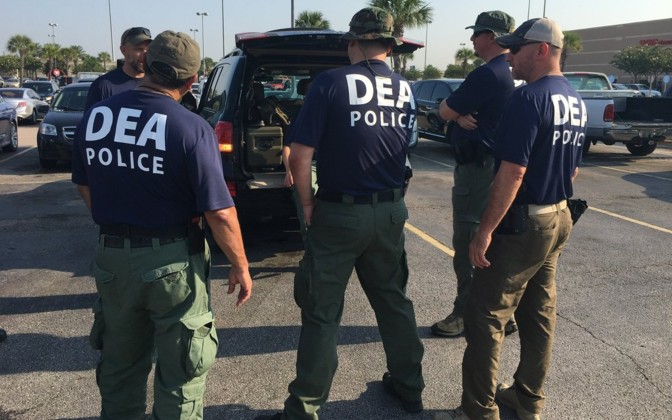A Persian Gulf veteran, John, is being forced to slowly taper from a combination of opioids that he claims worked for him. His dose of medication is being tapered because his physician feels pressured to comply with recommendations of the CDC Opioid Prescribing Guideline.
John is afraid that the new limit will be inadequate to treat his pain.
"I am VERY upset with my government, as their draconian 'solutions' to the perceived 'drug problem' will only exacerbate pain issues with legitimate chronic pain patients. I don't think their efforts will have ANY effect on the illegal drug problems that plague the U.S.," John wrote me.
He may be more fortunate than others. At the time John contacted me, he had a pain specialist who was still able and willing to support his need for treatment.
Others have not been as lucky. Mark is a 100% disabled veteran with post-traumatic stress disorder (PTSD), severe lower back pain and severe knee problems. After surgery, Mark was only able to get a two week supply of pain medicine. For two and a half months, he suffered without any medication until he was able to go outside the VA system to obtain oxycodone.
Then there is Jason. He is a young American hero who used opioids to self-medicate his PTSD and chronic pain. His story may help people understand why there are approximately 20 suicides each day by America's veterans.
Although firearms are a common method of suicide with veterans, the use of prescription medication has also been implicated. Having access to opioids gives veterans a less violent way to end their lives.
Unfortunately, the number of veteran suicides may even be underreported. As many as 45 percent of drug overdoses -- including those of military members -- might be related to suicide, according to a former past president of the American Psychiatric Association.
Veterans' suicides make up 18% of all suicides in the U.S. The suicide rate among members of the military is nearly 3 times that of civilians. In 2012, for the first time in a generation, the number of active duty soldiers who killed themselves exceeded the number of soldiers who were killed in battles.
Approximately 20% of recent war veterans suffer from PTSD, in addition to chronic pain. PTSD was the most common mental health condition for almost 1 million soldiers who served between 2001 and 2014. Nearly one in four of those who served during those years developed PTSD within a year of coming back home.
Much of the general public and many mental health professionals have doubted that PTSD was a true disorder until recently. Even now, soldiers with symptoms of PTSD face rejection by their military peers and are often feared by society as potentially dangerous. Movies ranging from "American Sniper" to "Thank You for Your Service" frequently depict characters with PTSD struggling to fit into society.
In real life, those with PTSD symptoms are often labeled as “weak” and removed from combat zones, and sometimes they are involuntarily discharged from military service.
These disturbing trends are difficult to read anytime, but they seem especially troubling as we commemorate Memorial Day. This is the time for us to acknowledge that those who have served our country deserve the best medical care available.
Five years ago, retired Gens. Wayne Jonas, MD, and Eric Schoomaker, MD, wrote a commentary in JAMA titled “Pain and Opioids in the Military: We Must Do Better.” Recognizing that veterans often misuse opioids to self-medicate mental health disorders, they proposed teaching members of the military a greater degree of self-management skills such as problem-solving and goal setting.
Of course, self-management would be preferable to using opioids if it were sufficient to afford veterans a quality of life they deserve. However, teaching self-management skills is often insufficient. That is clear in the cases of John, Mark and Jason.
On Memorial Day, I hope we can take a moment to think about the men and women who have fought -- and sometimes died -- for a country they believed in.
I also hope we honor the living by showing them that they deserve treatment for their chronic pain, PTSD, addiction and any other health care issues they may have. We owe it to them.






